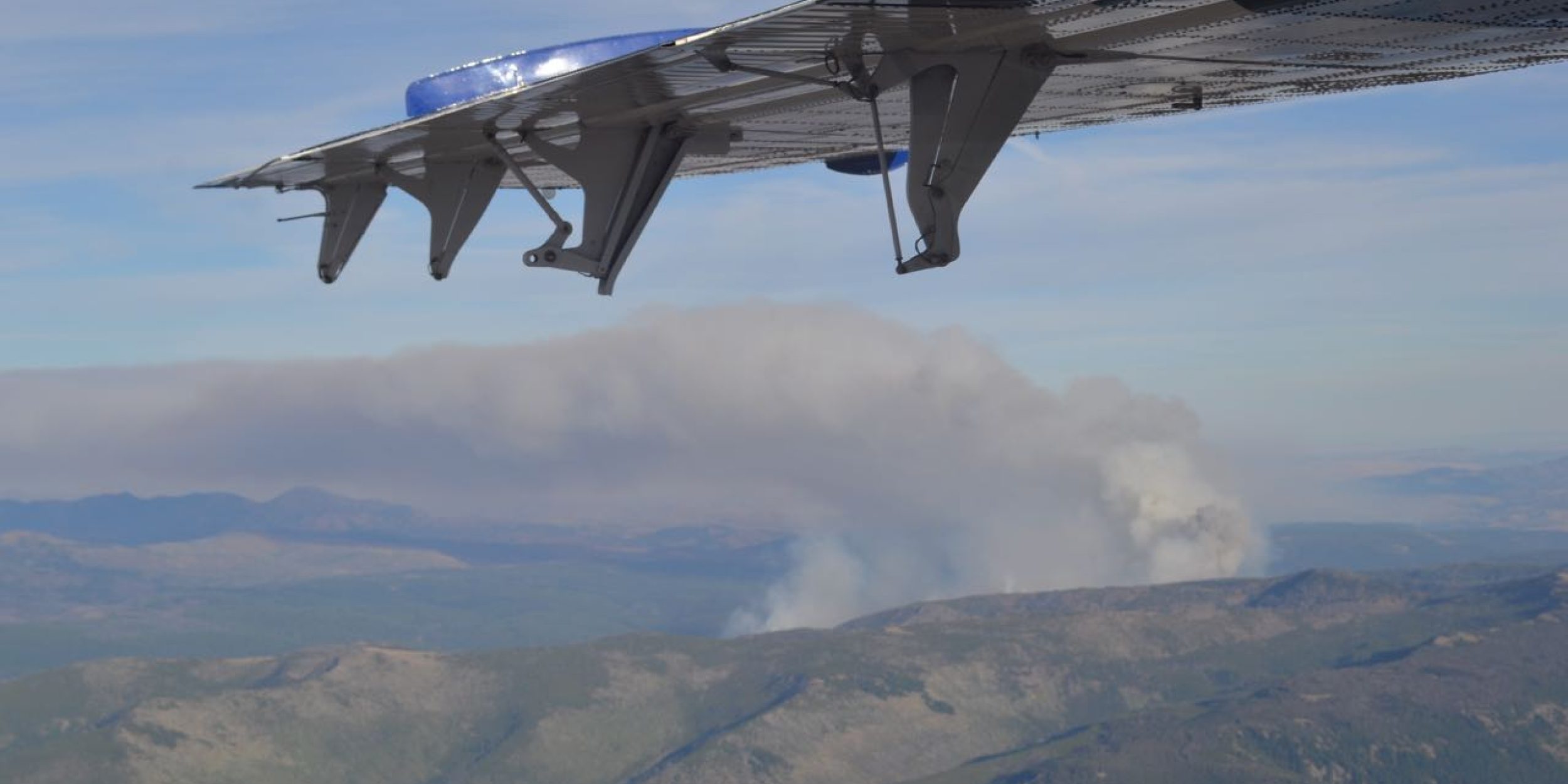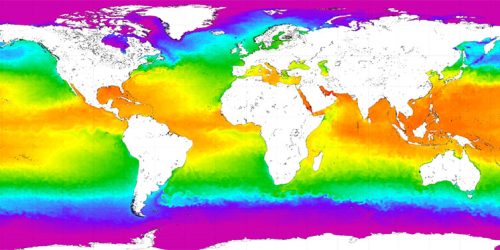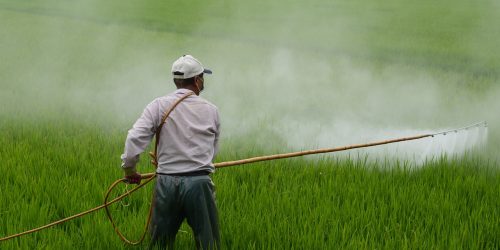Atmospheric aerosols are effective at scattering light and causing reduced visibility, and the extent to which this process occurs can be linked to overall aerosol concentrations and human health impacts. Measurements taken during the Fire Influence on Regional to Global Environments and Air Quality (FIREX-AQ) campaign provide a record of this aerosol light scattering during the 2019 wildfire season in the western U.S.


Credit: Steve Brown, NOAA CSL
The FIREX-AQ project was a partnership between NOAA and NASA, funded in part by CPO’s Atmospheric Chemistry, Carbon Cycle and Climate (AC4) Program. A group of researchers, including AC4-supported scientist Pablo Saide of the University of California, Los Angeles, used FIREX-AQ data to develop an understanding of how to convert between the amount of light scattering and concentration of aerosols in the atmosphere. The results, published in Geophysical Research Letters, show that as aerosols grow in size over one day, light is scattered up to two or three times more effectively. This new study offers important insight into wildfire smoke evolution, which can be used to improve smoke representation in models of atmospheric processes and Earth’s radiation budget, and prediction and mitigation of human health hazards. The study contributes to the FIREX-AQ goal to advance air quality forecasts and inform first responders, public health officials, and land management.










